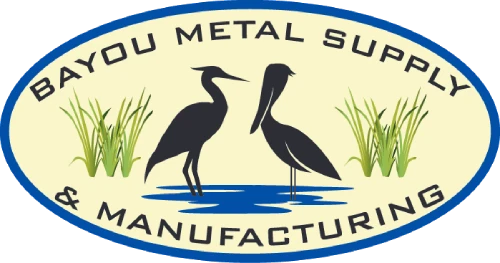6061 aluminum is one of the most widely used and versatile aluminum alloys. Magnesium increases strength, while silicon reduces the melting temperature of the metal. 6061 aluminum is known for its machinability, corrosion resistance, formability, and weldability. It is a heat-treatable alloy.
After heat treatment, 6061 aluminum becomes as durable as low carbon steel. It is commonly used for rail coaches, truck frames, military, and commercial bridges and towers. It is available in various forms including sheets, plates, angles, channels, pipes, and beams.
How to Preserve the Strength of 6061 Aluminum Post Welding?
Like many other heat-treatable base alloys, 6061 aluminum can lose much of its strength after welding. For example, 6061-T6 aluminum’s tensile strength can drop from 45,000 PSI to 27,000 PSI after welding. One way to preserve the strength of 6061 aluminum is to heat treat it post welding. 6061 aluminum is offered in different forms, including:- ➢ 6061 Aluminum Sheet: Has a good strength-to-weight ratio, formability and weldability and is heat-treatable. It is used for engineering projects.
- ➢ 6061 Aluminum Plate: Famed for its versatility, 6061 aluminum plate is used for ramps, stairs and flooring due to its superior corrosion resistance and toughness.
- ➢ 6061 Aluminum Angle: Has a good strength-to-weight ratio and weldability. It is commonly used for base plates, fasteners, truck components, brackets, electrical fittings, fasteners and connectors. It can be forged at temperatures between 750 and 900 degrees.
- ➢ 6061 Aluminum Bar: Is known for its joinability, workability, corrosion resistance and strength. Though it has good machinability, it is not as machinable as bars in the 2000 series grades of aluminum.
Comparing 6061 Aluminum to Other Alloys
6061 vs. 6075
6075 aluminum is stronger than 6061 aluminum, but less corrosion-resistant than it and is also more difficult to weld. It is used for rock-climbing equipment, aircraft structures and bicycle components.6061 vs. 5052
The major alloying elements of 6061 aluminum are magnesium and silicon, whereas the major alloying element of 5052 aluminum is only magnesium. 6061 aluminum is stronger than 5052 aluminum. A major drawback of 5052 aluminum is that it is not heat-treatable. It is corrosion-resistant, and hence, works well in marine environments. 5052 aluminum is more weldable than many other alloys.6061 vs. 6063
6063 aluminum is one of the most popular extrusion alloys. 6061 and 6063 have similar properties. Like many other alloys in the 6000 series, they both have magnesium and silicon as their primary alloying elements. 6061 aluminum possesses higher strength than 6063 aluminum. 6063 aluminum is used for windows, doors, railings, and trims due to its corrosion resistance and aesthetic appeal. Bayou Metal Supply & Manufacturing offers aluminum in different forms. We offer a full range of fabrication and inventory management services to help our customers avoid the hassle of processing products at their facilities. To learn more, call (888) 201-6417.Recent Post
- Why Is Stainless Steel The Most Preferred Material In Manufacturing Industrial Equipment And Tools?
- Aluminum Sheets Comparative Analysis: 5052 H32 vs 5052 H34
- Everything You Need To Know About Aluminum Alloy 5086 Sheet
- Join Bayou Metal Supply & Manufacturing at the 2024 International WorkBoat Show – Booth #2337
- What Makes T6 the Most Popular Temper for Aluminum 6061 Grade?


